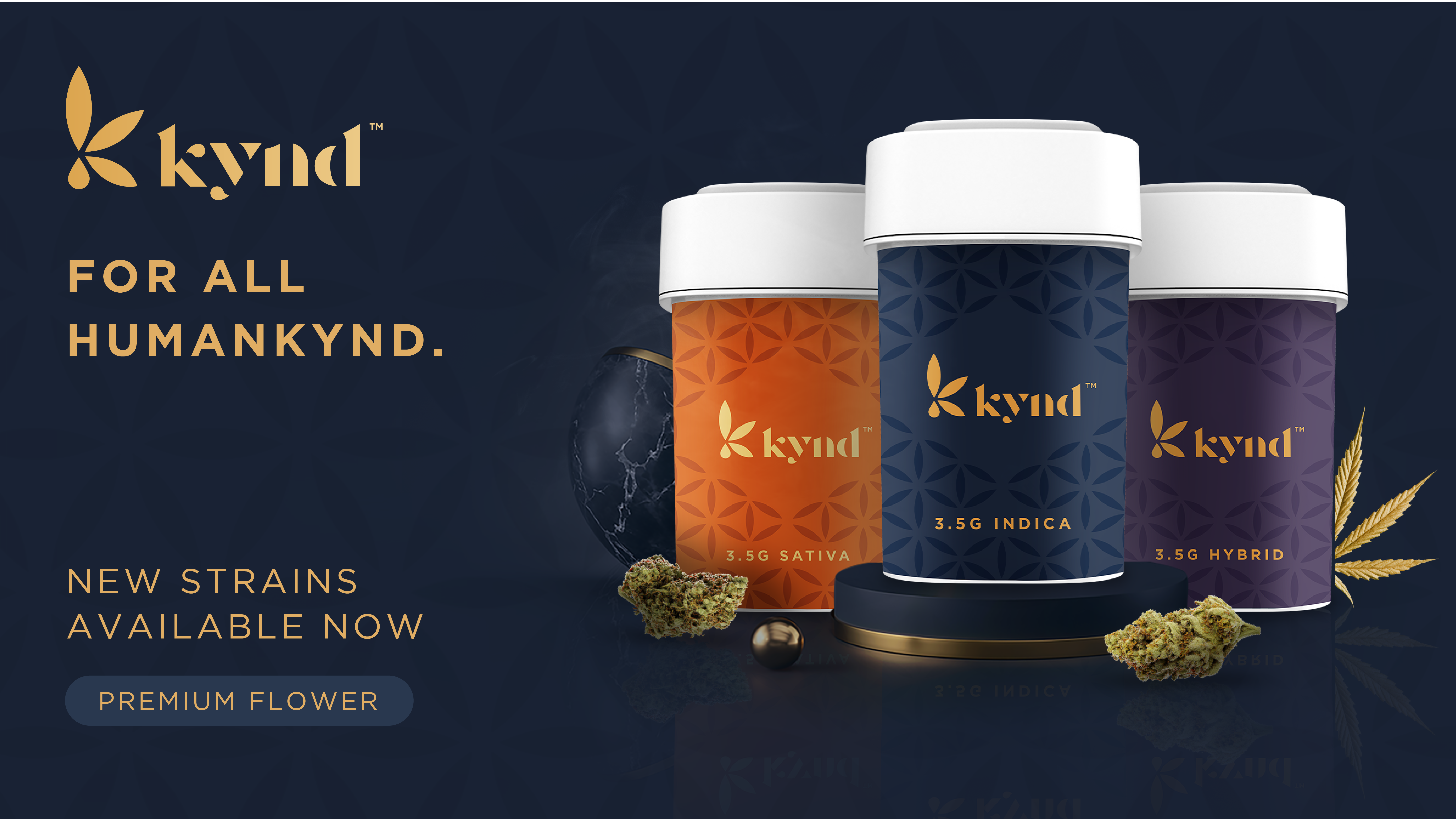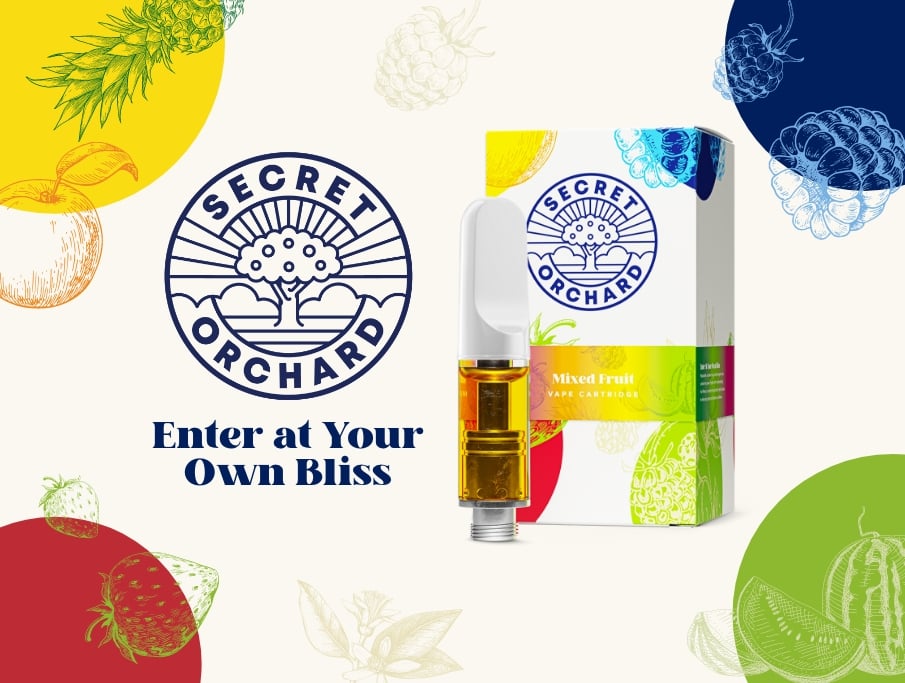There are three broad categories of cannabis consumption methods: inhalation, oral, and topical. Each individual method has its own related terms and practices, and that can confuse a new patient. It can be hard to figure out where to even begin.
Smoking is the most commonly-known method of cannabis consumption, but there are several alternatives for patients who would rather not smoke. Here are three methods for cannabis consumption that every patient should know.
What Are Cannabis Tinctures?
Tinctures are commonly taken under the tongue and may be referred to as sublingual sprays. Tinctures are cannabis extracts mixed with alcohol, glycerin solution, or medium-chain triglyceride (MCT) oil and packaged into small bottles. These have been around since the 1800s and were the main form of cannabis medicine until the prohibition. You can drop them into food or drink or simply straight under the tongue, where they’ll absorb directly into the bloodstream within a few minutes. It's best to start with a small dose, so be sure to check the concentration of any particular tinctures you choose and base your dose amount on that information.
- Pros: It’s really easy to exercise precise control over the dosage. This is a good delivery method for patients who prefer to microdose or take their medicine discreetly. Tinctures have fast effects, a low-calorie count, and a long shelf life.
- Cons: To some people, the taste may be slightly unpleasant or the potency too weak to treat their condition. However, because alcohol evaporates easily, you’ll need to be wary of cannabinoid concentrations gradually increasing per drop.
What Are Cannabis Oils?
Cannabis oil is obtained by extracting resins from cannabis flowers. It can be brittle, such as shatter, or thick and sticky like wax. Names are abundant (you might also hear it referred to as Rick Simpson Oil, cannabis extract, hash oil, shatter, wax, or dab), as are the consumption methods, mainly involving ingestion, vaporization, or topicals. Pure, high-quality oils are among the most concentrated forms of cannabis and contain potent amounts of cannabinoids like THC and CBD.
- Pros: Much higher concentration vs. flower. An alternative to smoking. Vaporization usually takes effect in less than a minute.
- Cons: The extraction method is complex and must be done properly, so you’re better off buying cannabis oils from a trusted source. Effects from ingestion can take anywhere from 30 to 90 minutes to kick in.
What Are Cannabis Distillates?
Distillate is a relatively new form of cannabis concentrate with unmatched concentration. This stuff is potent. The extraction process, known as “fractional” or “short path distillation,” refines the cannabis plant’s compounds into their cleanest form to make oils sometimes upward of 99 percent purity. In this state, cannabinoid oils have little to no terpenoid or flavonoid content.
- Pros: This process yields a highly refined, potent concentrate product. . Its applications are virtually limitless and easy to measure.
- Cons: The lack of terpenes creates some controversy among cannabis connoisseurs. Traditional users believe distillates take away from the plant’s “entourage effect,” or the color, smell, and flavor of a strain that makes for the “complete” cannabis experience.
There's More to the Story
Even this quick overview can be a lot of new information to take in. The main thing to understand is that safe, effective alternatives to smoking cannabis exist. The methods are well-proven and easy, especially if being discreet is a high priority for you.






